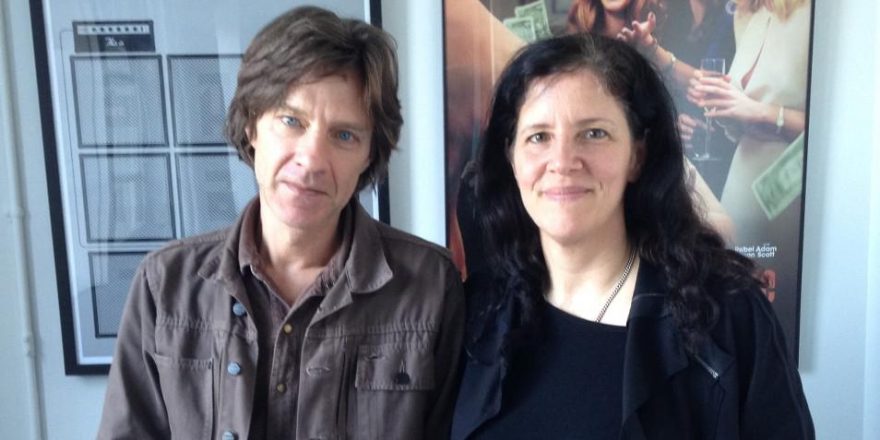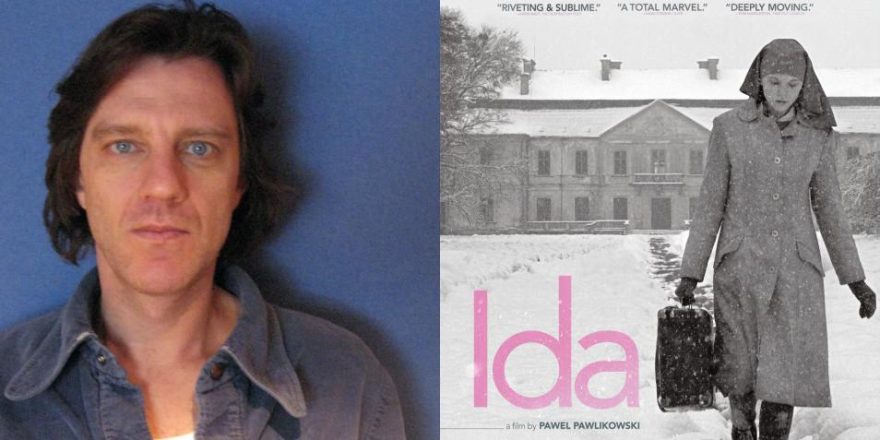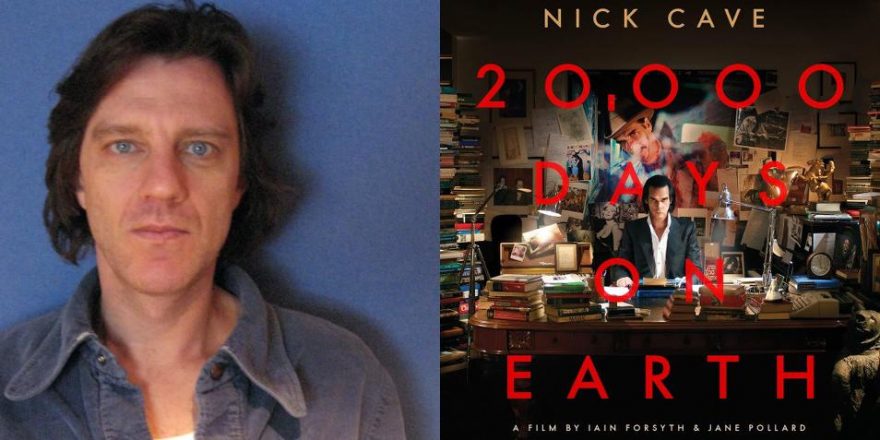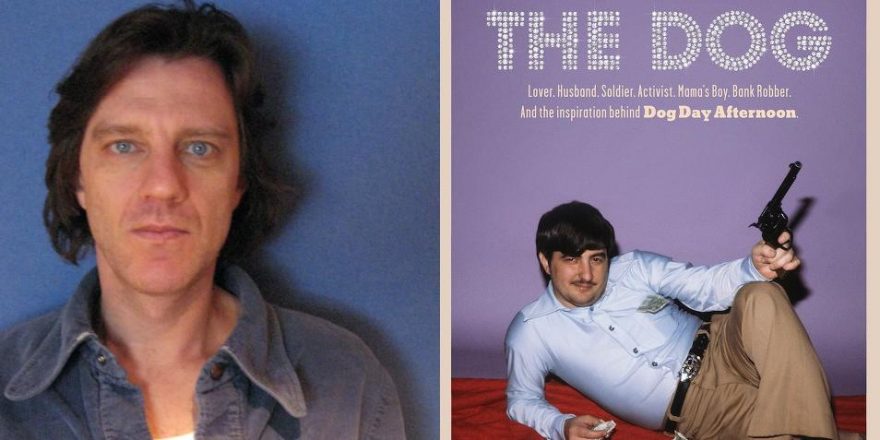In the week leading up to the Academy Awards, Talkhouse Film looks at some on this year’s major contenders. — N.D.
Finding Vivian Maier, a film by John Maloof and Charlie Siskel, is a brisk, absorbing documentary that may well have to be content with just its nomination this coming Sunday. Whilst the likely winner of the Best Documentary Oscar has done us all a service by exposing lies and invasions into our privacy on a global scale, this film does its own more discreet form of public service by uncovering the work of a bona fide and yet completely unknown artist, a distinctive, reclusive female photographer who worked the streets of Chicago for decades, creating a vast body of revelatory images, none of which were ever sold, or shown publicly or even shared with friends (on the evidence of the film, she didn’t have any) and some of which were never even developed. I guess you’d have to say that the filmmakers did us this service by invading her jealously guarded privacy, albeit posthumously.
Their alibi is not quite at the level of that of Kafka’s literary executor, Max Brod, who salvaged work that the artist had meant to destroy, but it is absolutely true to say that this interesting work would have ended up in the trash without the efforts of Maloof and Siskel. You could be unkind and say that the film is directly promoting and advertising work that one of the directors (Maloof) now owns and retails. But that is unkind, because the film uncovers the life and work of a woman with no ties at all to regular society, no friends, no lovers, no relations. So finders, keepers — that there were no other claims of ownership is a poignant commentary in itself.
Maier’s photographic work certainly bears scrutiny and comparison with other celebrated American street photographers of the postwar period. It will also look vaguely familiar to anyone who knows the work of Diane Arbus — maybe because their methods appear to have been similar. They were both feisty, fearless women who would coax or provoke or get in the face of the random people they encountered and photographed. In Maier’s pictures, her subjects often look startled or angry (presumably at her) — that is, when they are not asleep, drunk or sobbing. She invaded their privacy, no doubt, just as we are now voyeurs on her own carefully partitioned, shabby life.
Finding Vivian Maier discovers a character whose inscrutability and eccentricity seem a perfect match for the mysteries of her photographs — so if we had to invent the person who took these photographs, the real story of Vivian Maier would do very well. Whilst Arbus actively sought out a life of extreme experience, Maier shut herself away, obsessively clipping and hoarding gory and unsavoury articles from newspapers for a vicarious, reclusive version of Arbus’ adventures in the real world. Maier barely scraped a living as a kind of governess or glorified child minder — with no real friends, discernible sexuality, partners or kin.
There are more than a few photographs of crying children in the film and some of Maier’s former charges, now grown up, are on camera to confirm that this cruel streak extended to her day job. They have recollections of bullying and mild corporal violence (though none seems damaged or even unduly concerned by these memories). This is not to say she was a sadist — just a woman who didn’t particularly like or understand children, like so many other school teachers and youth leaders that were and still are empowered to look after them. Child minding was just a convenient job that provided her with both accommodation and the means to take photographs.
Maier’s solipsistic life slowly devoured her from within, her eccentricities mutating into something more dark and self-destructive with the added rancour of age. Her hoarding became pathological — and eventually rendered her unemployable and virtually homeless.
Despite the film’s efforts, the abiding mystery of Maier’s life remains intact: we will never know why she took her pictures or what they meant to her. They must speak for themselves and they do that eloquently enough in a film that is tidy and intelligent enough to give them space to do so.







